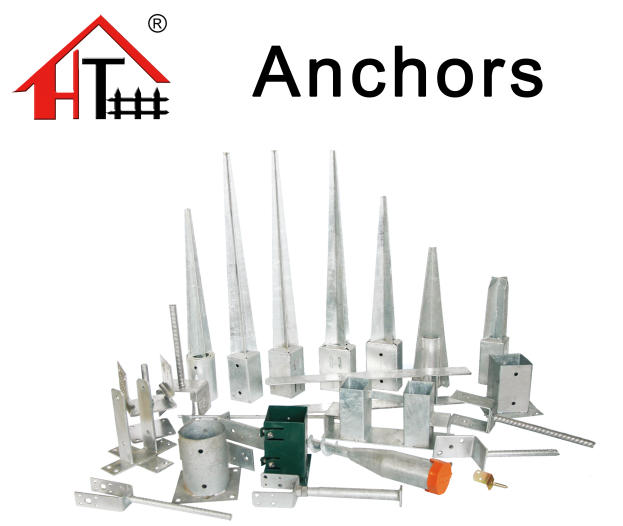Retaining Walls with Round Posts A Practical Guide
Retaining walls are essential in various construction and landscaping projects, designed to hold back soil and prevent erosion on sloped areas. When it comes to constructing a retaining wall, there are numerous material and design options available to suit specific needs. One popular choice among homeowners and builders alike is the use of round posts as a structure for retaining walls. This approach combines aesthetic appeal with functional benefits, making it an attractive option for many projects.
Understanding Retaining Walls
A retaining wall is built to retain the vertical slope of soil, providing necessary support and stability. These walls are often used in residential landscapes to create level areas, facilitate drainage, and enhance the visual appeal of properties. The choice of materials for a retaining wall can significantly influence its performance, durability, and appearance. Round posts, typically made of wood, metal, or composite materials, can be effectively utilized to construct a natural-looking and sturdy retaining structure.
Advantages of Using Round Posts
1. Aesthetic Appeal One of the main reasons homeowners choose round posts is their rustic, natural appearance. Unlike traditional square or rectangular materials, round posts can create a softer, more organic look that blends harmoniously with the surrounding landscape. This aesthetic quality can add value to a property, enhancing its overall curb appeal.
2. Versatility in Design Round posts are extremely versatile when it comes to design options. They can be used to create a wide range of retaining wall styles, from simple, linear structures to more elaborate, terraced designs. Their curvature offers unique opportunities for creative layouts, allowing homeowners to customize their landscapes according to personal preferences.
retaining wall round posts

3. Durability and Strength Many materials used for round posts are resilient, capable of withstanding environmental challenges such as moisture, temperature fluctuations, and pests. When properly treated and maintained, wooden round posts can last for years, while metal and composite options offer even greater durability and resistance to decay.
4. Ease of Installation Round posts can be easier to install than traditional retaining wall materials. Their lightweight nature and the ability to set them into the ground with minimal excavation make the installation process less labor-intensive. Additionally, they can be arranged in various patterns, allowing for a more flexible construction approach.
Building a Retaining Wall with Round Posts
When planning a retaining wall with round posts, there are several key steps to follow. First, it’s essential to evaluate the specific site conditions and determine the height and length of the wall required. A proper drainage system is crucial to prevent water accumulation, which can exert pressure on the wall and lead to structural failure.
Next, the spacing of the round posts should be carefully planned, ensuring they are anchored securely in the ground. This can be achieved by digging post holes and using concrete for added stability. After the posts are installed, horizontal rails or other suitable infill materials can be added to create the desired wall height and appearance.
Conclusion
In conclusion, retaining walls built with round posts offer a unique blend of aesthetic charm, strength, and versatility. They are an excellent choice for homeowners looking to enhance their landscapes, prevent soil erosion, and create functional outdoor spaces. By understanding the advantages and proper construction techniques, you can achieve a beautiful and durable retaining wall that complements your property for years to come.
















